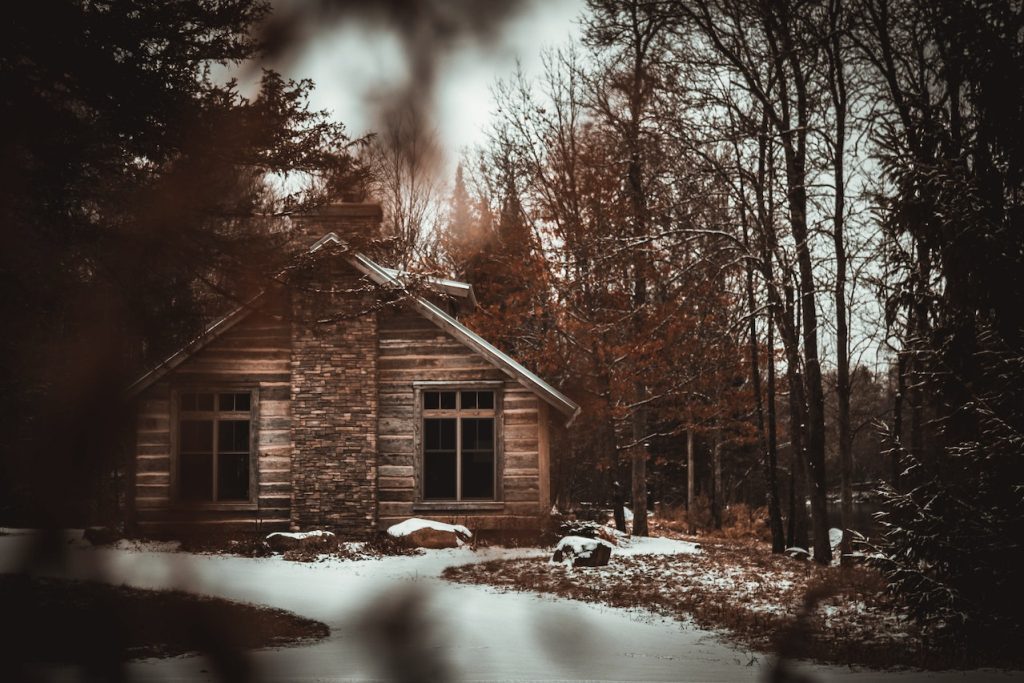There’s something truly magical about incorporating native plants into your sustainable garden design. As someone who has spent years living off the grid and immersing myself in the beauty of sustainable farming and gardening, I can attest to the many benefits of using native plants in your garden. Not only do they require less maintenance and water, but they also attract local wildlife and contribute to a healthy ecosystem. If you’re ready to infuse your garden with the vibrant energy of native plants, here are 5 fun and innovative ways to incorporate them into your sustainable garden design.
1. Embrace Diversity
One of the most important aspects of sustainable gardening is to embrace diversity. When it comes to incorporating native plants into your garden design, don’t just stick to one type of plant. Embrace a diverse range of native species to create a vibrant and dynamic ecosystem. By creating a diverse habitat for native plants, you’ll not only attract a wider range of pollinators and beneficial insects but also create a visually stunning and richly textured garden.
Pro Tip: Create a “wild” section in your garden where you can let native plants grow freely and attract a wide variety of wildlife. This will not only add a beautiful natural element to your garden but also contribute to a thriving ecosystem.
2. Utilize Native Plant Guilds
In permaculture design, native plant guilds are a fantastic way to incorporate native plants into your garden. A native plant guild typically consists of a central plant (such as a fruit tree), with companion plants and ground covers that support and enhance the growth of the central plant. By utilizing native plant guilds, you can create a mutually beneficial ecosystem that mimics nature’s interconnected web of relationships.
Pro Tip: Research native plant guilds that are specific to your region to ensure that you’re creating a harmonious and resilient garden that thrives in your local environment.
3. Create Habitat for Wildlife
Another fun way to incorporate native plants into your sustainable garden design is by creating habitats for wildlife. Native plants provide food and shelter for local wildlife, and by intentionally planting species that attract butterflies, bees, birds, and other wildlife, you can create a living and breathing ecosystem in your garden. For example, planting milkweed for monarch butterflies or providing nectar-rich flowers for bees can greatly contribute to the health and vitality of your garden.
Pro Tip: Research the specific needs of the wildlife in your area and tailor your garden design to support and attract them. For example, providing water sources and nesting materials can greatly enhance the habitat for wildlife in your garden.
4. Choose Edible Native Plants
Incorporating edible native plants into your sustainable garden design is a delightful way to celebrate the rich culinary traditions of your region. Many native plants are not only beautiful but also edible, and by incorporating them into your garden, you can create a sustainable and bountiful food source for yourself and your family. Whether it’s wild berries, edible flowers, or native vegetables, there are countless options for incorporating delicious and nutritious native plants into your garden.
Pro Tip: Research the traditional uses of native plants in your region to discover unique and flavorful edible species that you can incorporate into your garden.
5. Support Conservation Efforts
Last but not least, a wonderful way to incorporate native plants into your sustainable garden design is by supporting conservation efforts in your area. Many native plant species are at risk of extinction due to habitat loss and environmental degradation. By intentionally planting and caring for these native plants, you can contribute to the conservation and preservation of these important species. Additionally, by purchasing native plants from reputable nurseries that ethically source their plants, you can support the propagation and preservation of native plant species.
Pro Tip: Get involved in local conservation efforts and volunteer with organizations that are dedicated to preserving native plant species. This is a great way to learn more about the native plants in your area and contribute to their conservation.
In conclusion, incorporating native plants into your sustainable garden design is not only a fun and rewarding endeavor but also a powerful way to support the health of your local ecosystem. By embracing diversity, utilizing native plant guilds, creating habitat for wildlife, choosing edible native plants, and supporting conservation efforts, you can create a vibrant and thriving garden that celebrates the beauty and wisdom of native plant species. So go ahead, let your garden come alive with the vibrant energy of native plants and celebrate the rich tapestry of life that surrounds you.



